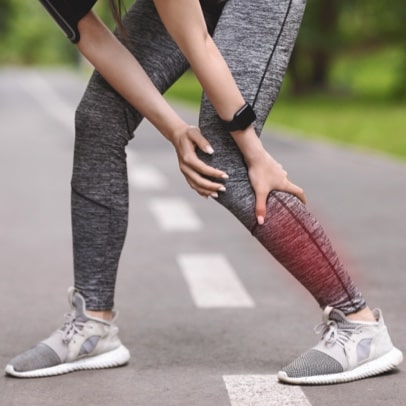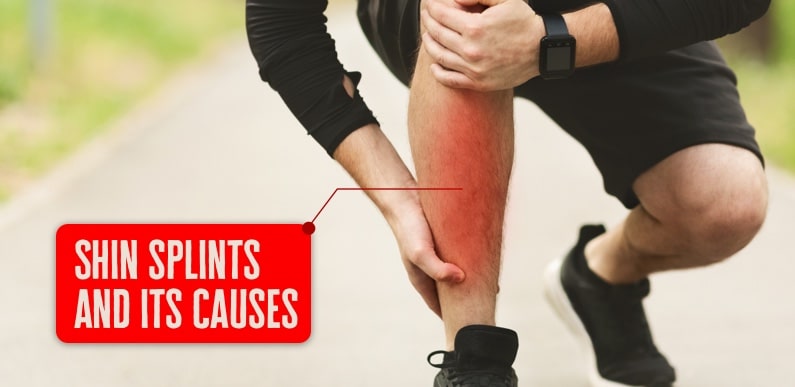Shin Splints are common among athletes, dancers and people who have recently changed or intensified their physical activities.
A few days of rest, application of ice over the affected area, and self-care are usually enough to cure these splints. But, if left untreated, shin splints can cause long-term issues like a tibial stress fracture.
Causes of Shin Splints
1. Initiating or boosting a physical activity: Shin splints are common when someone starts a new physical activity or training session as the tissue counters the intensified use.
2. Insufficient cushioning and support for the muscles: Shin splints can occur if proper shoes are not provided. Doctors always advise a good running shoes.
3. Running on uneven roads or in hilly regions: When your feet and legs are not allowed to adjust to the surrounding frequently can increase the cause of shin splints.
4. Being overweight or obese: Increased body weight may lead to higher shin splint risk.
5. Not having a proper running form: Striking your heel to the ground directly and running forefoot leads to injuries.


How to avoid shin splints
1. Stretch your body before starting any physical activity: Stretching your muscles is very important as it needs to get warmed up before initiating any training activity.
2. Not being greedy for too much too soon: Start slowly and sturdily. Increase the pressure and mileage gradually after your body has adapted to the workout.
3. Keep taking small breaks: Taking breaks isn’t a mistake, so do not feel guilty. Your body needs time to heal itself, which is why taking breaks is very important.
4. Start seeing signs: If you feel sharp muscle pain, it is a sign that your body is sending you and asking you to reduce or stop the activity.
5. Try cross-training: Athletes can combine different activities in their routine to avoid the risk of injury.
Takeaway
Shin splints are very easy to be treated. If you allow yourself to rest for some time, apply some ice packs wrapped in a towel on the affected area for 15-20mins and elevate them on a chair or pillow to decrease the inflammation further.
Always stretch your muscles and body before starting or ending any physical activity.
Avoid reinjuring yourself; start your exercise slowly and increase your speed gradually.
If you experience prolonged pain or feel the injury is severe, you should consult a doctor.
Check out the link for more recovery blogs:
👉https://fns360.com/category/movement-and-recovery/.
You can also check out more such recovery videos






